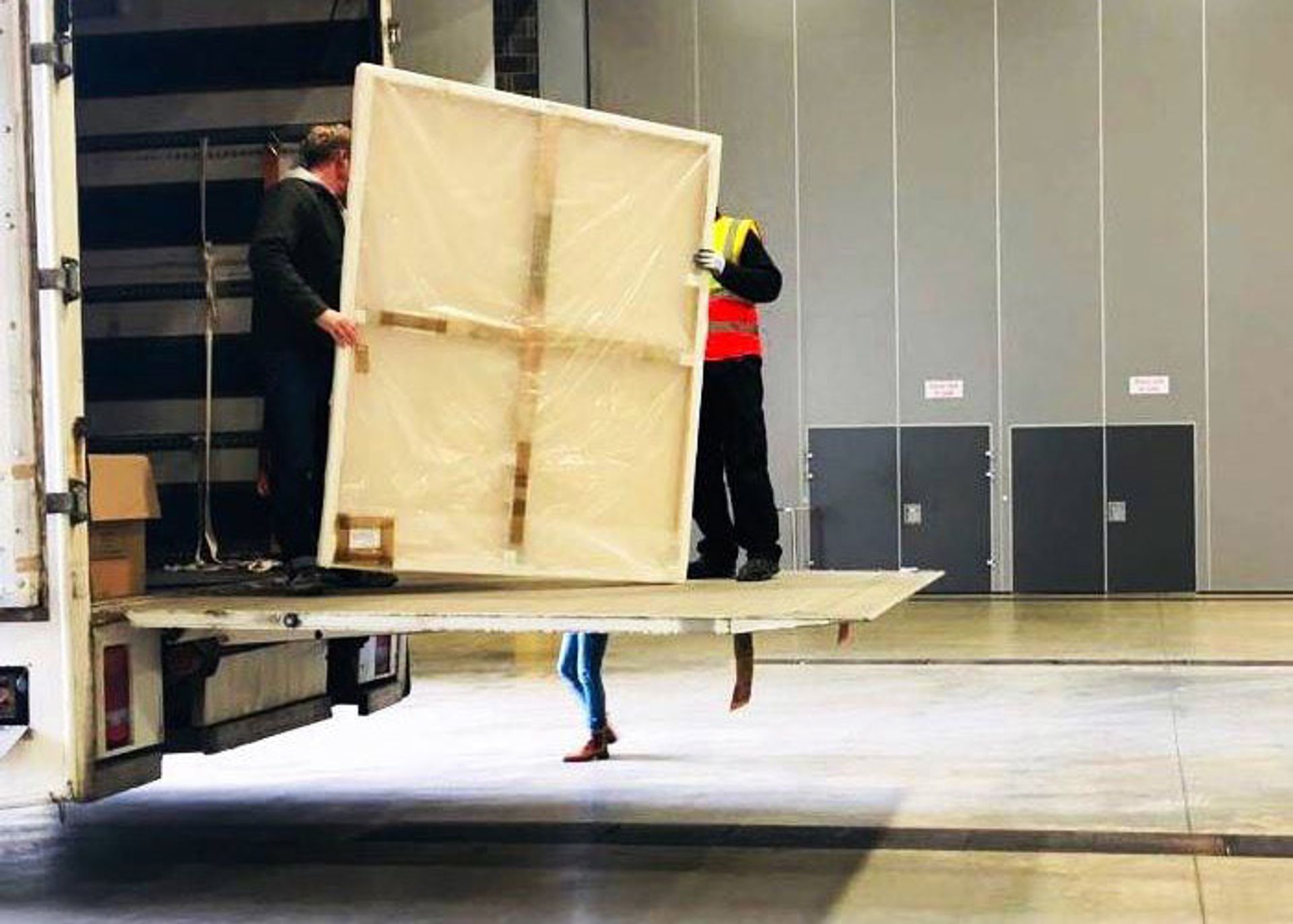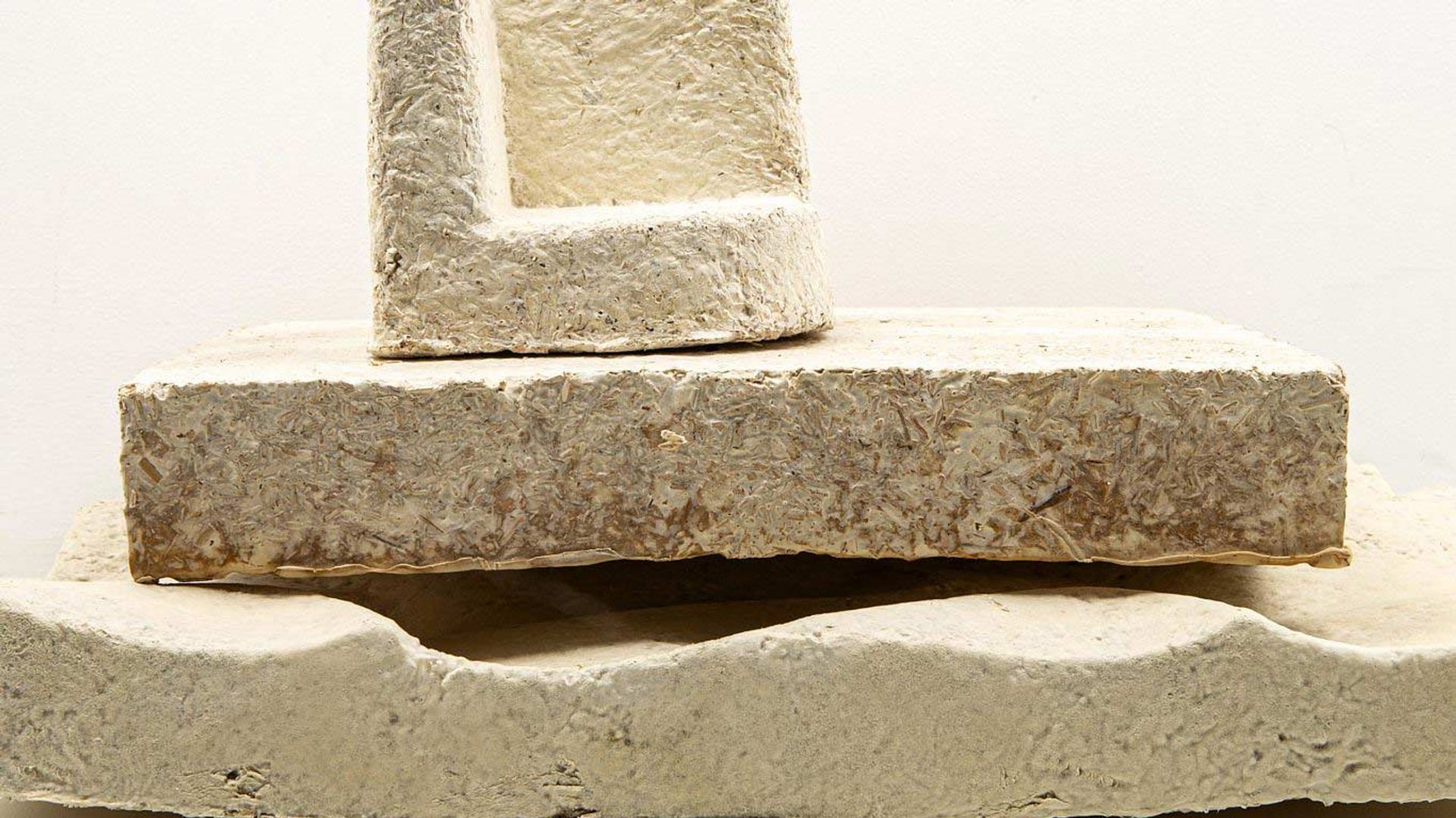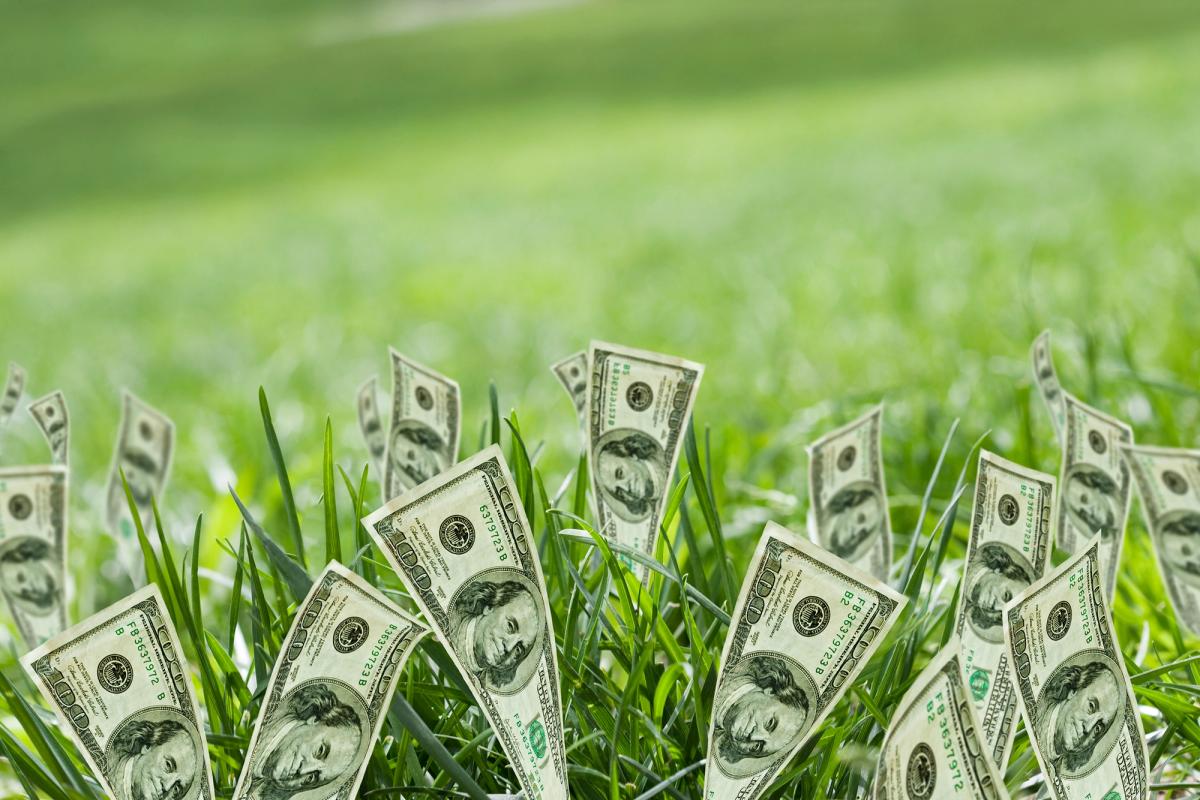With summer officially now over and the global market revving up, it seems an appropriate moment to call on all you collectors out there to use your clout to help our sector change its wasteful, carbon-heavy ways! As the art market’s prime players, collectors' choices and activities permeate its every aspect; and your deeds as well as your words can make a real difference in combating the climate and ecological crisis. So here are some pointers for the environmentally-aware collector.
Money talks, so the best starting point is to harness your purchasing power and check out the green credentials of the galleries, museums, and artists that you do business with. Have they joined one of the environmental initiatives that are now gaining momentum throughout the art world? Notable among these is the Gallery Climate Coalition. I say this not only because I’m a founder member, but also because in under two years this international charity has extended beyond the commercial sector into a 900-plus membership of galleries, artists, organisations—and yes, collectors—worldwide, all of whom have pledged to reduce their carbon footprints by at least 50% over the next decade. It has real clout and even presented to the UN earlier this year. GCC is also allied with other organisations such as Galleries Commit in New York, Art + Climate Action in California and Ki Culture in Amsterdam, and all of them happy for you to join more than one!

Transport your art by sea or road and the planet will thank you
Slow is now the new fast. Rushing is recourse-hungry and tight deadlines can mean a heavy carbon footprint. Do you really need to airlift that work you’ve just bought? If you can wait a bit longer and transport it by sea or road, the planet will thank you. Encourage the galleries and artists you work with to do likewise. Transporting an artwork by sea can reduce its carbon impact by up to 95%. And how about slowing down your own movements, too? Do you have to zip around the world, battling with jetlag? How about taking the train or just staying home and having a Zoom? And if you do need to be airborne, bear in mind that travelling economy uses around five times less carbon than first class, so maybe just splash out for your (very occasional) long haul.
Wherever and however you go, count your carbon and cut your waste. Whether a gallery, an artist’s studio, a business, or an individual, logging and calculating carbon expenditure needs to become as automatic as doing your accounts. The GCC website offers a handy (free) carbon calculator with which to identify main areas of carbon cost and then make the necessary adjustments. The website also has copious and constantly updated information on best practice across the art industry—from flying to shipping, packaging and green energy—so your decisions can be informed ones.
Don’t offset, invest. Of course we all still have to fly. But when we do, let’s try and offer the planet some proper payback. My last column was devoted to offsetting and how it can so often just be a form of greenwashing. I repeat it again here: beware of schemes that sound too good or cheap to be true: they usually are. All they will offset is your guilt. By all means, keep planting trees and giving to good causes, but most schemes, however worthy, won’t compensate effectively or in time for the carbon that’s just been cooked up by your recent flight to Frieze Seoul. So make sure that when you do want to part with some guilt-money, it is channelled into projects that offer strategic impact and/or systemic change. Projects that are making a meaningful difference now. I listed some of these in my last column and more are also on the GCC website.

Mycelium packaging is all the rage. Have you made sure your next art order comes shroom-wrapped?
The art world needs to ramp up its waste awareness. Shabby is now the new chic. Single-use-anything should be your enemy (unless it can be swiftly converted to compost). Does a new purchase need to arrive housed in a gleaming brand-new crate, swathed in metres of pristine plastic? Wherever possible, insist instead on recycled and/or reusable packaging for work in transit. An old blanket, some sturdy straps and a reusable or well-travelled crate should be a badge of honour for the art that it contains. And for the collector it is destined for. All eyes are now on mycelium as the growable, compostable art packaging of the future. Hopefully soon the dreaded polystyrene and plastic bubble wrap can become a distant memory.
Overall, it is up to collectors to lead by example and realise how closely their behaviour is observed and imitated. Conspicuous consumption is no longer a good look. Park that private jet, scale down the high-end multicourse dinners and help to persuade gallerists, artists, and fellow art buyers that fun can still be had without flashiness. Generosity doesn’t need to be incompatible with sustainability, it’s a just matter of investment choice. And remember, there’s nothing wrong in signalling your virtue if your actions are genuinely virtuous!




